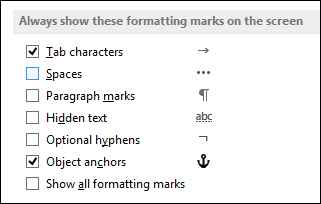

When I was a young dinosaur, I didn't take the time to properly learn the syntax, largely because I really didn't feel like learning another language. They are a small computer language of their own. Regular Expressions.īefore we dive in-and only if you have time-I'd like to introduce this site and what makes it special. That topic and other juicy details are discussed on the page about Regex vs. At this stage, this is a semantic question-it depends on what one means by regular expression. Is a Regex the same as a Regular Expression? Let's compress the definition from the earlier paragraphs:Ī regex is a text string that describes a pattern that a regex engine uses in order to find text (or positions) in a body of text, typically for the purposes of validating, finding, replacing or splitting. You also find regex engines ready to roar in most programming languages-such as C#, Python, Perl, PHP, Java, JavaScript and Ruby. For instance, you can find regex engines in text editors such as Notepad++ and EditPad Pro. Who does this work of finding, replacing, splitting? A regex engine.

And you could use the regex _\d+_ to find digits within underscores (as in _12_) and to replace the underscores with double dashes, yielding -12-, something you could not do with a conventional search-and-replace (details for that technique are in the recipe about replacing one delimiter with another). Typically, these patterns (which can be beautifully intricate and precise) are used for four main tasks: to find text within a larger body of text to validate that a string conforms to a desired format to replace text (or insert text at matched positions, which is the same process) and to split strings.įor instance, the CamelCase pattern from the last paragraph can be used to split MyLovelyValentine into its three component words. For instance, the regex foo matches the string foo, the regex +:\d+ matches string fragments like F:1 and GO:30, and the regex (?<=)(?=) matches the position in the string CamelCase where we shift from a lower-case letter to an upper-case letter. Those text strings describe patterns to find text or positions within a body of text. This page explains what makes this site special among all other regex sites, but first let's answer a burning question: And so can you! This regex tutorial, one of the most detailed on the web, takes you all the way to mastery. Rex eats regular expressions for breakfast.


 0 kommentar(er)
0 kommentar(er)
